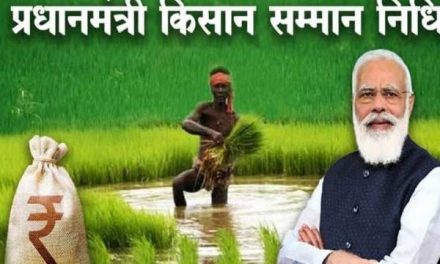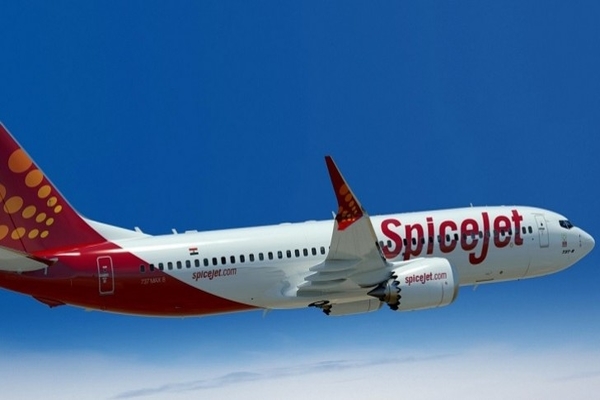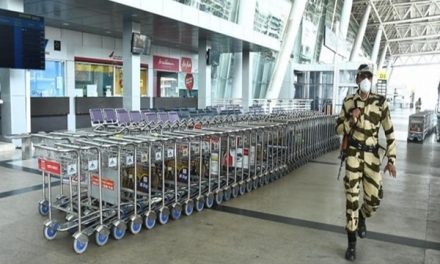On July 18, elected MLAs and MPs across the country will vote to elect India’s 15th President. Under Article 62(1) of the Constitution, “an election to fill a vacancy caused by the expiration of the term of office of President shall be completed before the expiration of the term”. President Ram Nath Kovind’s tenure ends on July 25.
Election of President
There is no direct election for the Indian President. The appointed electoral college elects him. The electoral college responsible for President’s elections comprises elected members of:
- Lok Sabha and Rajya Sabha
- Legislative Assemblies of the states (Legislative Councils have no role)
- Legislative Assemblies of the Union Territories of Delhi and Puducherry
Qualifications to be the Indian President
Few conditions or qualifications are assigned to be as the Indian President. The qualifications to be an Indian President are given below:
- He should be an Indian Citizen
- The age limit is a minimum of 35 years
- He should qualify the conditions to be elected as a member of the Lok Sabha
- He should not hold any office of profit under the central government, state government, or any public authority.
Who elects India’s President?
The President of India, like any other democracy, is elected indirectly by the people of the country. The electoral college is used in the Presidential elections, which means that all of the representatives elected by the people of India to various public offices at the state and national levels vote to elect the President.
An electoral college consisting of the elected members of both Houses of Parliament and the elected members of the Legislative Assemblies of states and the Union Territories of Delhi and Puducherry.
There are 776 members of Parliament (543 Lok Sabha MPs, 233 Rajya Sabha MPs) and 4,809 members of state legislative legislatures in the electoral college. The electoral college has a total of 10,86,431 votes. Each elector’s vote (MP/MLA) has a predetermined value.
The value is set at 708 for each MP. This figure is calculated for an MLA using a formula based on the population of the state he or she represents (as of the 1971 Census). As a result, the value varies per state.
For instance, each MLA from Uttar Pradesh, the most populated state, has the highest value of 208 of all the states. The 403 Uttar Pradesh legislators are worth a total of 83,824. The state’s 80 MPs had a total vote value of 56,640, bringing the total value of votes cast by MPs and MLAs in the state to 1.4 lakh, giving them a weightage of roughly 12.7 percent.
The vote value for an MLA in smaller states like Punjab is 118. It is 64 degrees in Uttarakhand and 20 degrees in Goa. Punjab has a total value of 13,572, Uttarakhand 4,480, and Goa 800. MLAs in respective states and Union territories, as well as MPs in Parliament, are given ballot papers (green for MPs and pink for MLAs) to cast their votes when the nominations are filed. Due to the absence of a legislative assembly in Jammu and Kashmir, the value of a Member of Parliament’s vote is anticipated to fall to 700 from 708 in the presidential elections slated this year.












